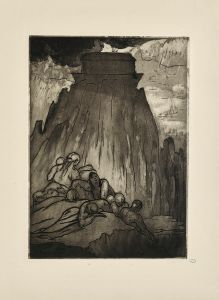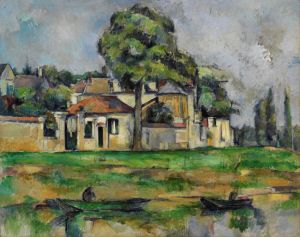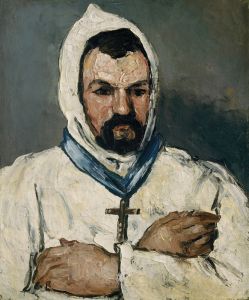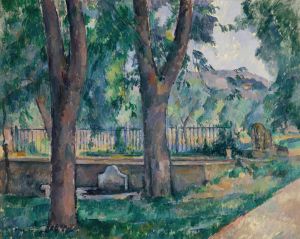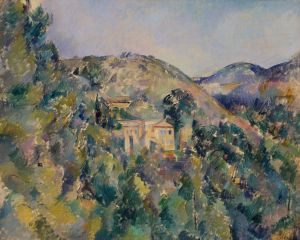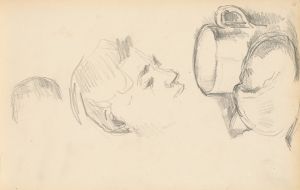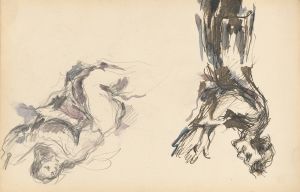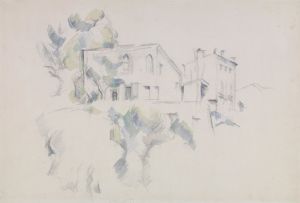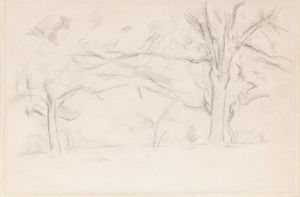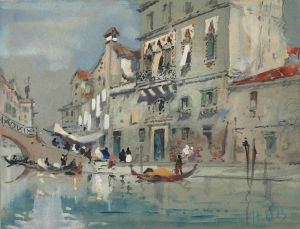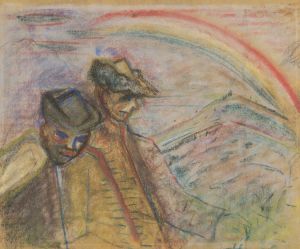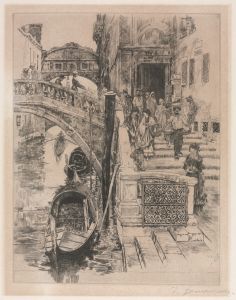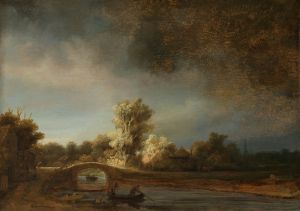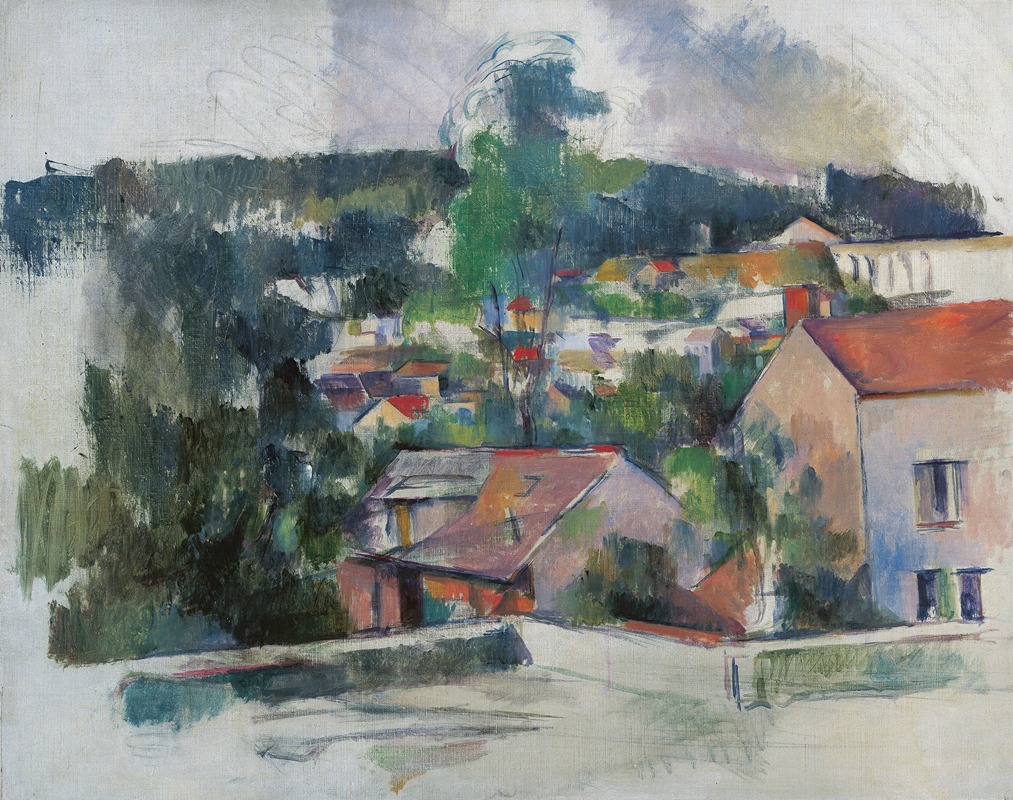
Landscape
A hand-painted replica of Paul Cézanne’s masterpiece Landscape, meticulously crafted by professional artists to capture the true essence of the original. Each piece is created with museum-quality canvas and rare mineral pigments, carefully painted by experienced artists with delicate brushstrokes and rich, layered colors to perfectly recreate the texture of the original artwork. Unlike machine-printed reproductions, this hand-painted version brings the painting to life, infused with the artist’s emotions and skill in every stroke. Whether for personal collection or home decoration, it instantly elevates the artistic atmosphere of any space.
Paul Cézanne, a pivotal figure in the transition from 19th-century Impressionism to 20th-century Cubism, created numerous landscape paintings that have significantly influenced modern art. One of his notable works in this genre is "Landscape," which exemplifies his innovative approach to form, color, and composition.
"Landscape" by Paul Cézanne is a quintessential example of his mature style, characterized by a meticulous exploration of geometric forms and a subtle yet powerful use of color. Cézanne's landscapes often depict the countryside of Provence, particularly the area around his hometown of Aix-en-Provence, where he spent much of his life. His deep connection to this region is evident in the recurring motifs of Mont Sainte-Victoire, rural houses, and lush greenery that populate his canvases.
Cézanne's technique in "Landscape" reflects his departure from the fleeting impressions of light and color that defined the work of the Impressionists. Instead, he sought to capture the underlying structure of the natural world. This is achieved through his methodical application of brushstrokes, which build up the surface of the painting in a way that conveys both the solidity and the dynamism of the landscape. His use of color is equally deliberate, with patches of greens, blues, and earth tones creating a harmonious yet vibrant depiction of nature.
One of the hallmarks of Cézanne's landscapes is his treatment of spatial relationships. In "Landscape," he employs a technique known as "constructive brushstrokes," where each stroke contributes to the overall architecture of the scene. This method allows him to create a sense of depth and volume without relying on traditional linear perspective. Instead, Cézanne's landscapes often have a flattened appearance, where foreground and background elements are interwoven in a complex, almost abstract manner.
Cézanne's influence on subsequent generations of artists cannot be overstated. His landscapes, including "Landscape," were instrumental in the development of Cubism, as artists like Pablo Picasso and Georges Braque drew inspiration from Cézanne's emphasis on geometric forms and his innovative approach to depicting space. Additionally, his work laid the groundwork for the abstract art movements of the 20th century, as his focus on the fundamental structures of nature resonated with artists seeking to move beyond representational art.
"Landscape" by Paul Cézanne is not just a depiction of a specific place but a profound exploration of the artist's perception of the natural world. Through his unique approach to form, color, and composition, Cézanne invites viewers to see the landscape not just as a visual experience but as a complex interplay of shapes and colors that reflect the underlying order of nature. This painting, like many of Cézanne's works, continues to be celebrated for its groundbreaking contributions to the evolution of modern art.





